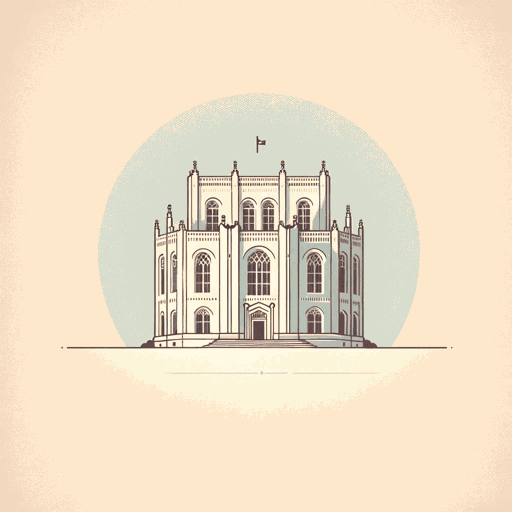45 pages • 1 hour read
Leigh BardugoSiege and Storm
Fiction | Novel | YA | Published in 2013A modern alternative to SparkNotes and CliffsNotes, SuperSummary offers high-quality Study Guides with detailed chapter summaries and analysis of major themes, characters, and more.
Background
Social Context: Industrialization and Modernization
Although Siege and Storm portrays a largely fantastic world that isn’t defined by a single time period or country, Bardugo borrows heavily from 19th-century European history to create Ravka and its citizens. Much like Alina’s world, due to rapid changes in the culture, technology, religion, and politics, the real 19th century seemed swift-moving and intimidating to those who inhabited it.
Throughout 19th-century Europe, reform movements and revolutionary forces advocated for better outcomes for the lower class; wealth gaps were extreme, and countries offered almost no safety nets or protections for their most vulnerable citizens as poverty tended to be seen as emblematic of moral failings. This sharp division between the haves and have-nots also occurs in the novel, seen in the villages that lead to Os Alta.
Nineteenth-century scientific discoveries led to rapid industrialization in the form of factory production, and innovations like the radio, intercontinental cable, electric lighting, automatic weapons, and dirigibles. This advancing technology is represented in the novel by inventions like the Hummingbird, a vehicle that can fly and sail, and use machine guns; moreover, David’s mirrored discs that enhance Alina’s natural amplification echo the 19th-century push for scientific progress in general. Technology had social ramifications. For example, transportation advancements—such as the steam engine and the ocean liner—made travel easier, but this often resulted in tensions as ethnic groups butted heads living side by side in new cities, something that plays out in the novel’s focus on the mistrust that exists between the Ravkans, Fjerdans, Shu Han, and Zemini.
Related Titles
By Leigh Bardugo

Crooked Kingdom: A Sequel to Six of Crows
Leigh Bardugo

Hell Bent
Leigh Bardugo

King of Scars
Leigh Bardugo

Ninth House
Leigh Bardugo

Ruin and Rising
Leigh Bardugo

Shadow and Bone
Leigh Bardugo

Six of Crows
Leigh Bardugo
Featured Collections
Action & Adventure
View Collection
Addiction
View Collection
BookTok Books
View Collection
Challenging Authority
View Collection
Fantasy & Science Fiction Books (High...
View Collection
Good & Evil
View Collection
Jewish American Literature
View Collection
Memorial Day Reads
View Collection
Military Reads
View Collection
New York Times Best Sellers
View Collection
Politics & Government
View Collection
Popular Study Guides
View Collection
Power
View Collection
Religion & Spirituality
View Collection
Safety & Danger
View Collection
Sexual Harassment & Violence
View Collection
War
View Collection

